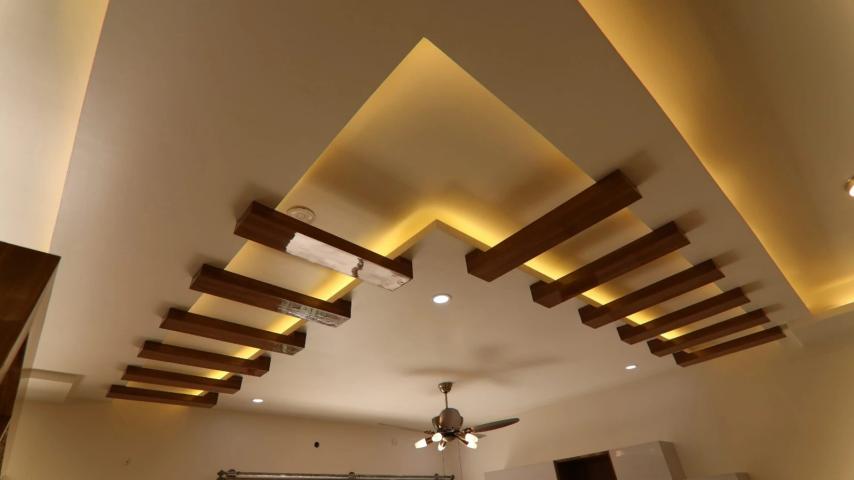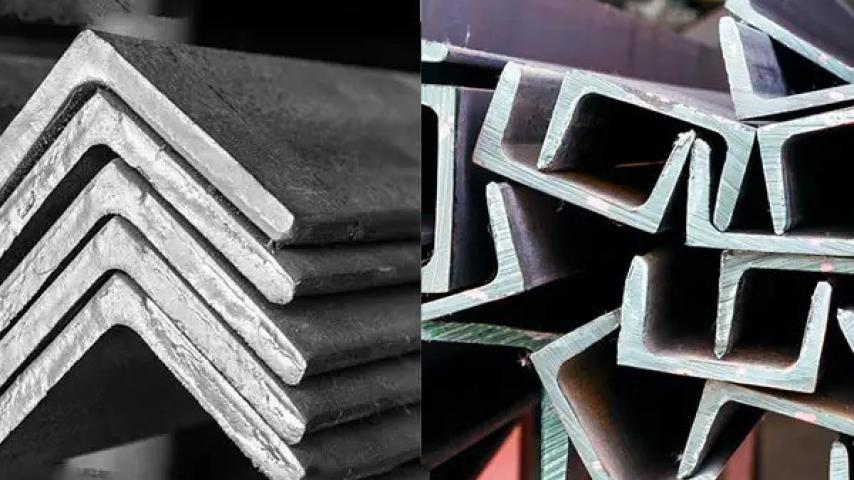What is the difference between Knauf or Rabitz?
What is Knauf?
Knauf is a type of building material called gypsum-coated sheets. These sheets are made of two layers of gypsum with paper covers. Buying and using Knauf has significant advantages. The advantages of using Knauf in projects include the following:
Speed of execution: Knaufs have a high speed of execution. This has led to the use of Knauf reducing construction costs; as a result, you can proceed with the work faster and at a lower cost.
Light weight: Knaufs have a very low weight and for this reason, the use of these products does not increase the dead load of the building.
Fire resistance: Knaufs are products that are resistant to fire and in the event of a fire, they help to significantly reduce the speed of fire spread.
Sound insulation: Knaufs have properties that make them sound-insulating; therefore, they help reduce noise pollution in the environment.
Paintability: Another advantage of Knauf is that you can easily paint and use this category of products according to your needs.
What is Rabits?
Another construction product that you can use in various projects is Rabits. Rabits is a steel mesh sheet that is used in false ceilings, plastering, plastering, etc. due to its characteristics. Rabits have different types. In order to introduce the types of Rabits based on the number of columns, it can be divided into 9-column, 11-column and 13-column Rabits. Also, to introduce the types of Rabits based on weight, we can mention the following:
Light Rabits: Light Rabits have a weight between 400 and 700 grams per square meter.
Semi-heavy rabbets: Semi-heavy rabbets weigh between 700 and 900 grams per square meter.
Heavy rabbets: Heavy rabbets weigh between 900 and 1000 grams per square meter.
Extra-heavy rabbets: Extra-heavy rabbets weigh more than 1000 grams per square meter.
After examining the types of rabbets, if we want to talk about the benefits of purchasing and using rabbets in construction projects, the following are noteworthy:
High resistance: Due to the way they are produced and manufactured, rabbets have high resistance, and this makes this category of products show significant resistance to impact and pressure.
Flexibility: rabbets have high flexibility; therefore, they can be used to create curved surfaces.
Low cost: Rabits is cheaper and cheaper than other similar building products such as Knauf.
What is the difference between Rabits and Knauf?
If we want to look at the difference between Rabits and Knauf, these two products can be compared in different ways. The most important differences between Rabits and Knauf are:
Difference between Rabits and Knauf in terms of weight
One of the most important differences between Rabits and Knauf is the weight of these two products. Rabits is heavier than Knauf. The weight of Rabits is between 400 and 1000 grams per square meter, depending on its type. While the weight of Knauf is between 600 and 1200 grams per square meter, depending on its type. The low weight of Knauf reduces the dead load of the building. This is very important for old buildings and structures that need reinforcement.





